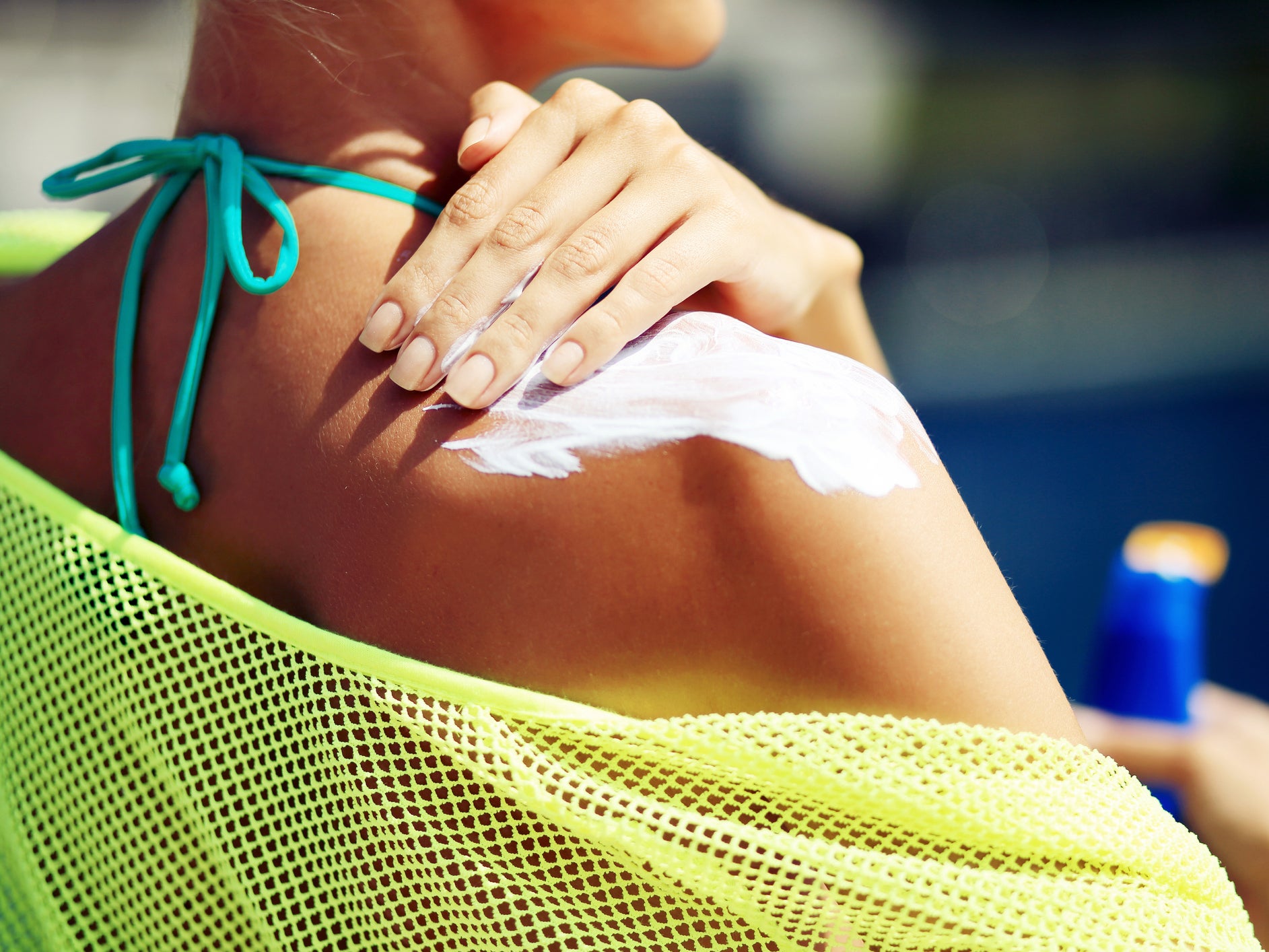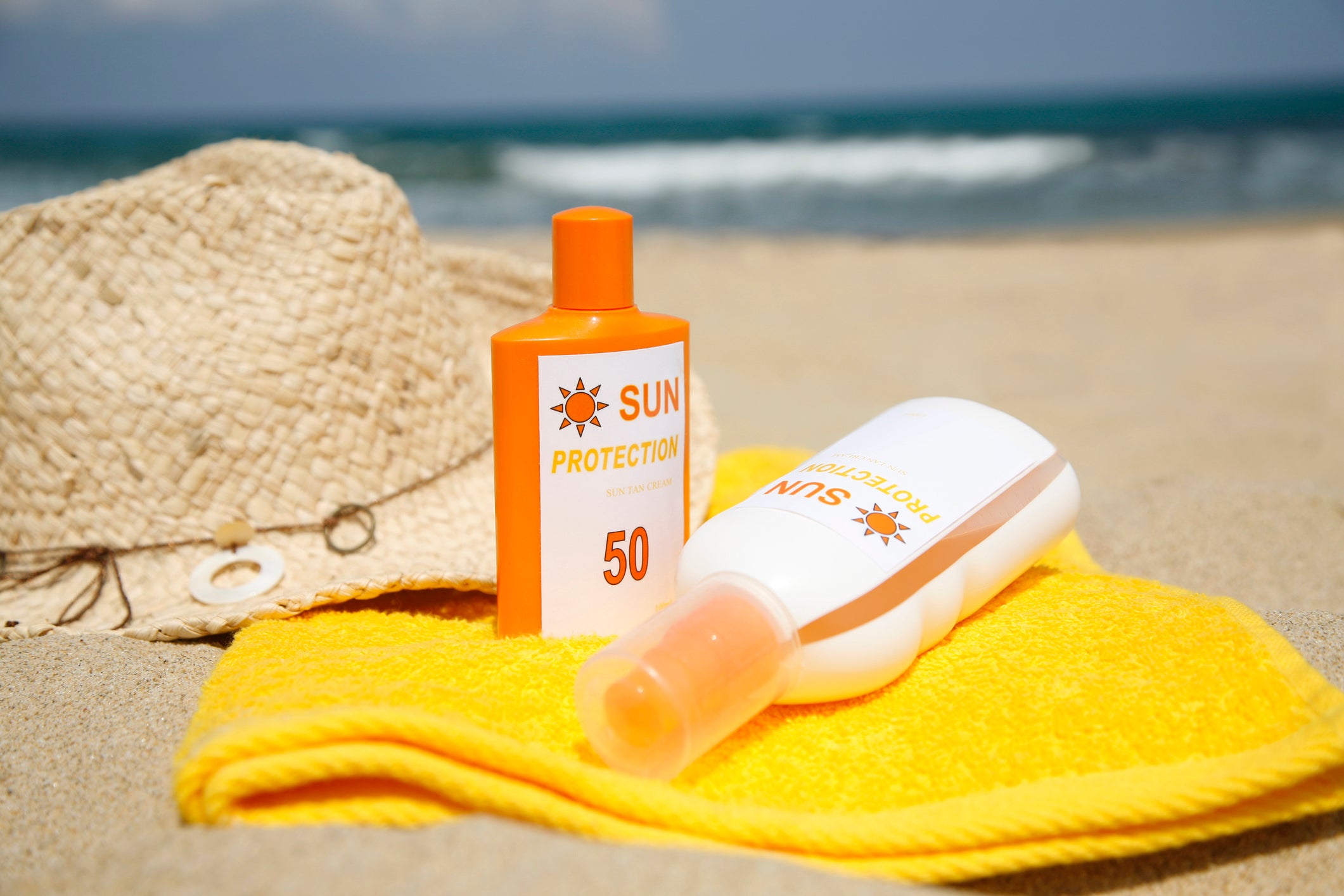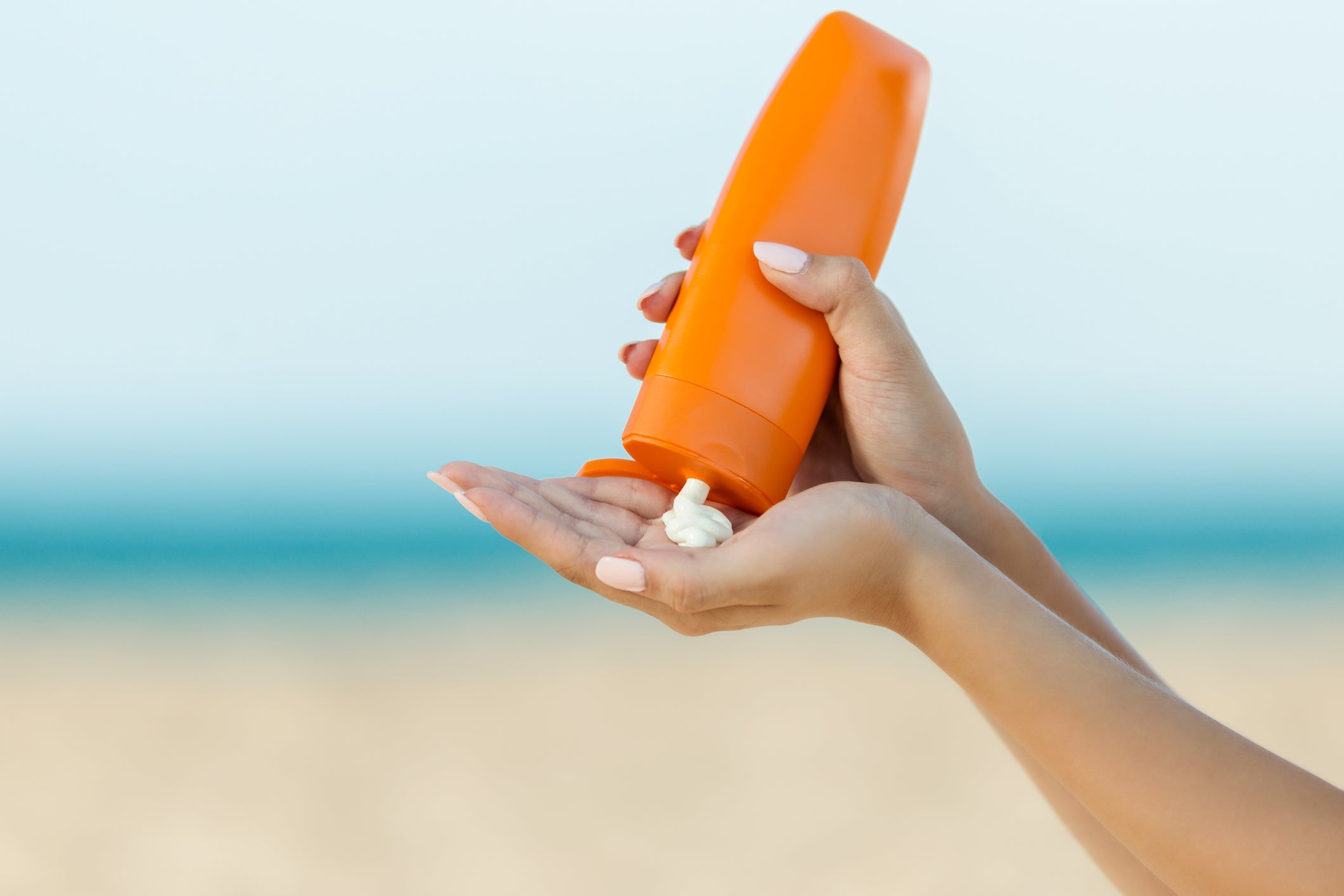The Independent's journalism is supported by our readers. When you purchase through links on our site, we may earn commission.
Does sunscreen expire, what does SPF mean and which type is best?
Keep your skin protected as temperatures rise this weekend

Your support helps us to tell the story
From reproductive rights to climate change to Big Tech, The Independent is on the ground when the story is developing. Whether it's investigating the financials of Elon Musk's pro-Trump PAC or producing our latest documentary, 'The A Word', which shines a light on the American women fighting for reproductive rights, we know how important it is to parse out the facts from the messaging.
At such a critical moment in US history, we need reporters on the ground. Your donation allows us to keep sending journalists to speak to both sides of the story.
The Independent is trusted by Americans across the entire political spectrum. And unlike many other quality news outlets, we choose not to lock Americans out of our reporting and analysis with paywalls. We believe quality journalism should be available to everyone, paid for by those who can afford it.
Your support makes all the difference.When spending time outdoors in the sun, it's essential that you have a constant supply of sunscreen at hand, so that you're ready to top up your sun protection on a regular basis.
However, with so many different types of sunscreen on the market, it can be difficult to decipher which are actually providing your skin with an adequate degree of protection.
Here's everything you need to know about sunscreen, from knowing which brands will protect you in the water to understanding the difference between UVA and UVB rays:
What are UVA and UVB rays?
UV (ultraviolet) rays are a form of electromagnetic radiation which comes from the sun, the American Cancer Society explains.
There are three forms of UV rays – UVA, UVB and UVC.
UVA rays emit the least amount of energy of the three types of UV rays, causing the skin to age and potentially leading to some skin damage.
UVB rays emit more energy than UVA rays, and can cause direct damage to DNA in the skin cells, resulting in sunburn.
According to the American Cancer Society, UVB rays are responsible for the majority of cases of skin cancer.
Meanwhile, UVC rays emit the most amount of energy of the three types of UV rays.
"Fortunately, because of this, they react with ozone high in our atmosphere and don't reach the ground, so they are not normally a risk factor for skin cancer," the American Cancer Society states.
When buying a sunscreen, you want to make sure that you purchase a broad-spectrum product that protects you from UVA and UVB rays.
If a sunscreen has "UVA" written on the bottle in a circle, then this indicates that it meets the EU standard for protection against UVA rays.
Some products may also include a UVA star rating from one to five, the latter indicating the highest level of protection.
The NHS recommends buying a sunscreen with a sun protection factor (SPF) of at least 30 to protect against UVB rays, and a minimum four-star UVA protection.
What is SPF?
SPF measures the amount of protection a sunscreen can provide you against the sun's UVB rays.
It is rated on a scale from two to 50+. The higher the SPF number, the stronger the protection you'll have.
SPF provides you with an insight into how much longer it will take for your skin to turn red in response to UVB rays in comparison to if you weren't using any protection at all.
Therefore, if you would normally start burning within 30 minutes without sun protection, then a sunscreen with SPF 30 would theoretically provide you with 30 times more protection, which equates to 15 hours of protection.

However, this relative measure does not mean that you should go 15 hours without reapplying sunscreen, as sunscreen can come off by being dried by the sun or coming into contact with water.
"No sunscreen, regardless of strength, should be expected to stay effective longer than two hours without reapplication," states the Skin Cancer Foundation.
The NHS recommends reapplying sunscreen at least every two hours, suggesting that children and adults use a sunscreen with a minimum SPF of 30.
How much sunscreen should you apply?
The NHS warns that if sunscreen is applied too thinly, then the amount of protection that it is able to provide will decrease.
According to the NHS, adults should use approximately two teaspoons of sunscreen if they're exposing their head, arms and neck to the sun.
However, if they're wearing a swimsuit, adults should aim to use two tablespoons of sunscreen.
Adults in the care of children should make sure that any area of skin that is exposed to the sun is covered in sunscreen.
Different types of sunscreen
Some sunscreens claim to only be necessary for use once a day, while others state that they are water resistant.
Here's everything you need to know about the various forms you can find:
Once-a-day sunscreen
According to research conducted by Which?, sunscreens which claim to only require application once a day do not provide a sufficient amount of protection.
Therefore, consumers are advised to not rely on a sunscreen which states that it only needs to be applied once a day.

Water-resistant sunscreen
Water-resistant sunscreen is especially ideal for those spending time in the pool or sea this summer to cool down.
It does exactly what it says on the bottle – provide you with sun protection while you're in the water.
However, you must not assume that this protection will continue when you're out of the water.
Even if you're using a water-resistant suncream, you should still reapply once you're back on dry land.
Sunscreen with insect repellant
While sunscreen which contains insect repellant may sound appealing to those who want to ward off any pestering bugs, it may not be advisable.
The Centres for Disease Control and Prevention (CDC) recommends using sunscreen separately to insect repellant.
"In general, travellers typically need to apply sun protection more often and in larger amounts than they do insect repellant," the CDC states.
The organisation adds that limited studies have shown that when insect repellant products containing DEET (diethyltoluamide) have been applied over suncream, this can reduce a sunscreen's SPF by a third.
It is therefore recommended to apply sunscreen first before then using a separate insect repellant.
Facial sunscreen
Skincare brand La Roche Posay explains that facial sunscreens are made to feel "comfortable to wear" on the face, with "textures that are lighter and more easily-absorbed than suncreams for the body".
The company outlines how facial suncreams are designed to not feel greasy, to not clog the face's pores and can be catered for specific skin types, such as for individuals with dry or oily skin.
Sunscreen for babies and children
The Skin Cancer Foundation recommends keeping children aged under six months out of direct sunlight, with this guidance most important during the hours of 10am and 4pm.
Once they are six months old, the foundation encourages parents to use a broad-spectrum, water-resistant sunscreen that offers a minimum sun protection factor (SPF) of 15 and to apply 30 minutes before going outside and then again every two hours.
Sunscreen shelf life
The majority of sunscreens have a shelf life of between two and three years.
So, if you haven’t recently purchased a new sunscreen, it is wise to do so instead of relying on bottles that may have expired.
If you don’t know whether a sunscreen is expired, you can examine the formula to see if the texture or smell has changed, which can be useful indicators of expiration.
It is important to dispose of expired sunscreen products as they are no longer be effective and, as a result, can lead to burns.
Join our commenting forum
Join thought-provoking conversations, follow other Independent readers and see their replies
Comments